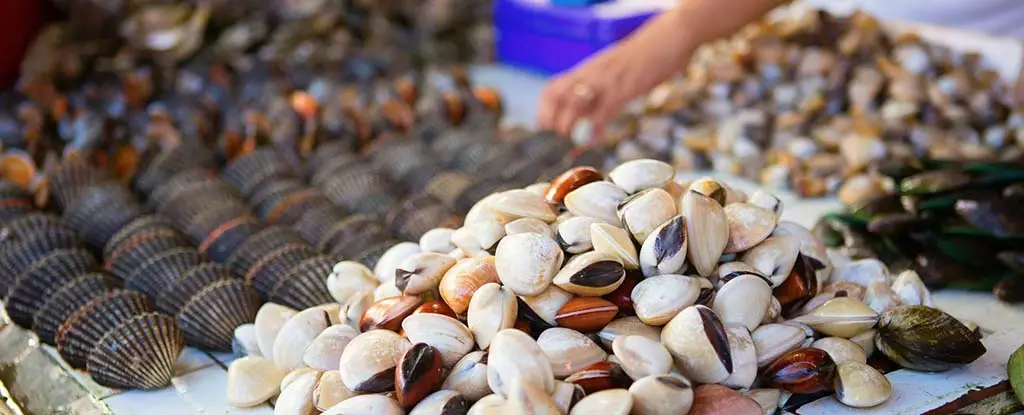The Philippines, a nation blessed with vast and biodiverse marine resources, significantly contributes to the global seafood market. With over four million tonnes of seafood produced annually, it ranks as the 11th largest seafood producer worldwide. However, recent research has brought to light alarming findings regarding toxic species of marine algae that could jeopardize the health of coastal communities dependent on this vital industry. As the risks associated with these toxins become clearer, it is essential to examine their implications for both public health and marine food safety.
The Role of Diatoms in Marine Ecosystems
Diatoms, a group of single-celled algae, play a crucial role in marine ecosystems as primary producers of oxygen and as foundational elements in the food web. Through photosynthesis, these microorganisms generate an estimated 50% of Earth’s oxygen and are pivotal in sustaining marine life. Not all diatoms are beneficial, however. Among the extensive diversity of diatom species, only a few—including 28 belonging to the genus Pseudo-nitzschia—are known to produce domoic acid, a harmful neurotoxin that poses significant health risks.
The accumulative nature of domoic acid puts filter-feeding organisms, like shellfish and certain fish species, at immediate risk. These marine animals ingest the toxin through their diet, leading to potentially harmful concentrations that can have direct effects on human health when such contaminated seafood is consumed.
Domoic acid has been linked to a range of unsettling symptoms. Ingestion of seafood contaminated with high levels of this neurotoxin can lead to acute gastrointestinal distress, including vomiting and diarrhea, as well as more severe neurological consequences, such as memory loss and in extreme cases, death. A stark reminder of these dangers occurred in 1987 when an outbreak of amnesic shellfish poisoning on Prince Edward Island in Canada claimed three lives and resulted in over a hundred hospitalizations. The responsible source was traced to blue mussels contaminated with domoic acid, highlighting the need for vigilance and monitoring within seafood industries worldwide.
Despite significant effort to monitor these toxins in various global fisheries, new findings from a study by Ateneo de Manila University and Universiti Malaysia Sarawak indicate a pressing need for enhanced surveillance in the Philippines, particularly in regions surrounding Luzon Island where toxin-producing algae have now been identified.
In this recent study, researchers collected seawater samples from Sotto’s Tahong Farm in Bacoor Bay—a significant supplier of mussels—and from Pagbilao Bay, known for its natural populations of slipper oysters. Analysis revealed the presence of two species of Pseudo-nitzschia, specifically Pseudo-nitzschia pungens and Pseudo-nitzschia brasiliana, both recognized as producers of domoic acid. This discovery marks the first identification of P. brasiliana in Luzon waters, an alarming indication that such potentially harmful algal blooms might become more frequent due to human-caused environmental changes.
The potential for future harmful blooms necessitates a robust monitoring system to ensure that seafood safety protocols are in place, protecting the health of consumers and the livelihoods of those involved in the fishing industry. As these toxic algae proliferate, it is crucial for local fisheries to adopt preventive measures and regulatory frameworks that address the emerging threat posed by marine toxins.
The revelations regarding diatom populations in Philippine waters underscore the critical intersection of marine biology, public health, and food security. As the climate continues to change and human activity impacts marine ecosystems, the risk of harmful algal blooms is likely to increase. Stakeholders, including researchers, regulators, and seafood producers, must come together to prioritize monitoring and safeguard not only the nation’s seafood supply but also the health and well-being of coastal communities that depend on these vital resources. Proactive efforts to combat these threats will be crucial in ensuring a sustainable and safe seafood industry in the Philippines moving forward.


Leave a Reply